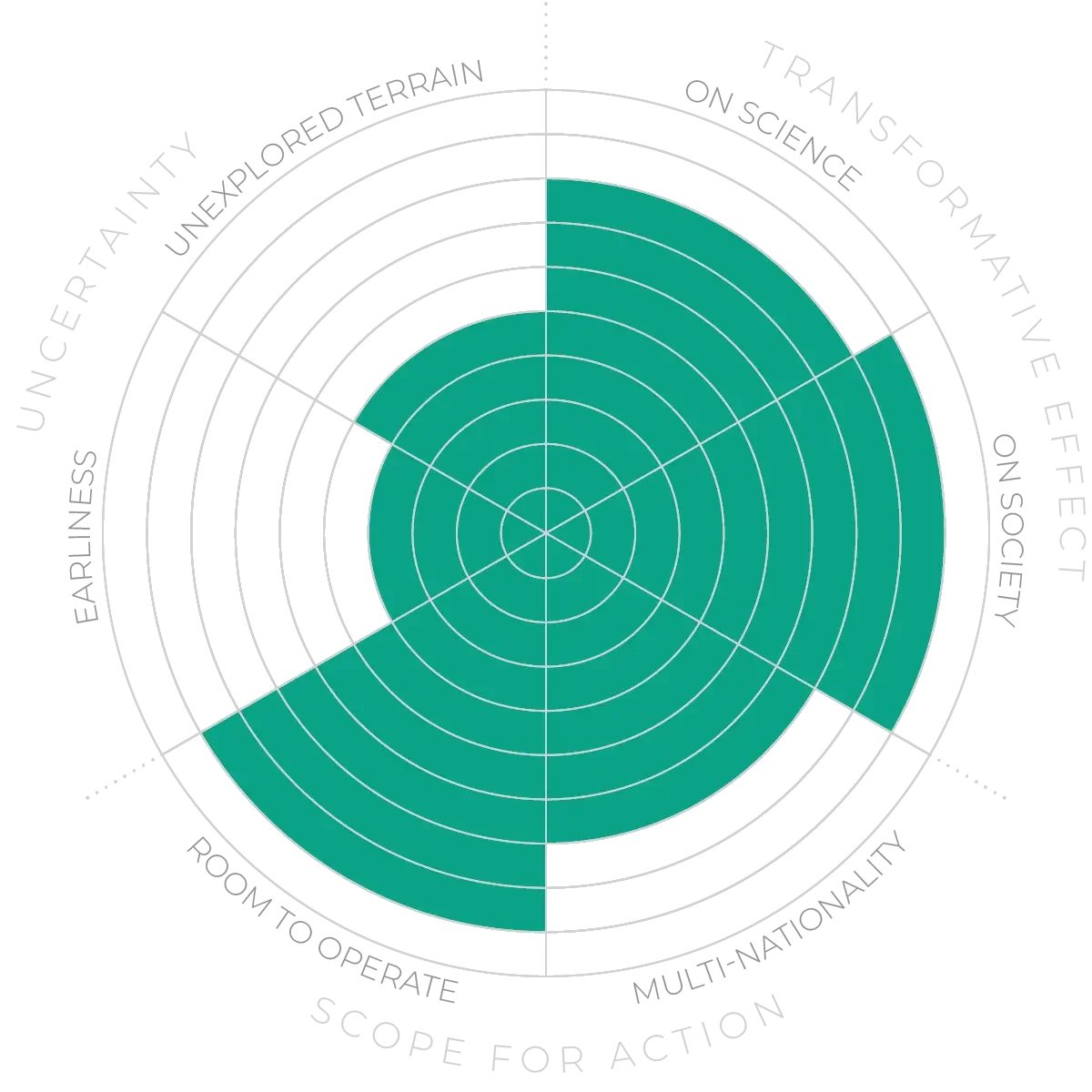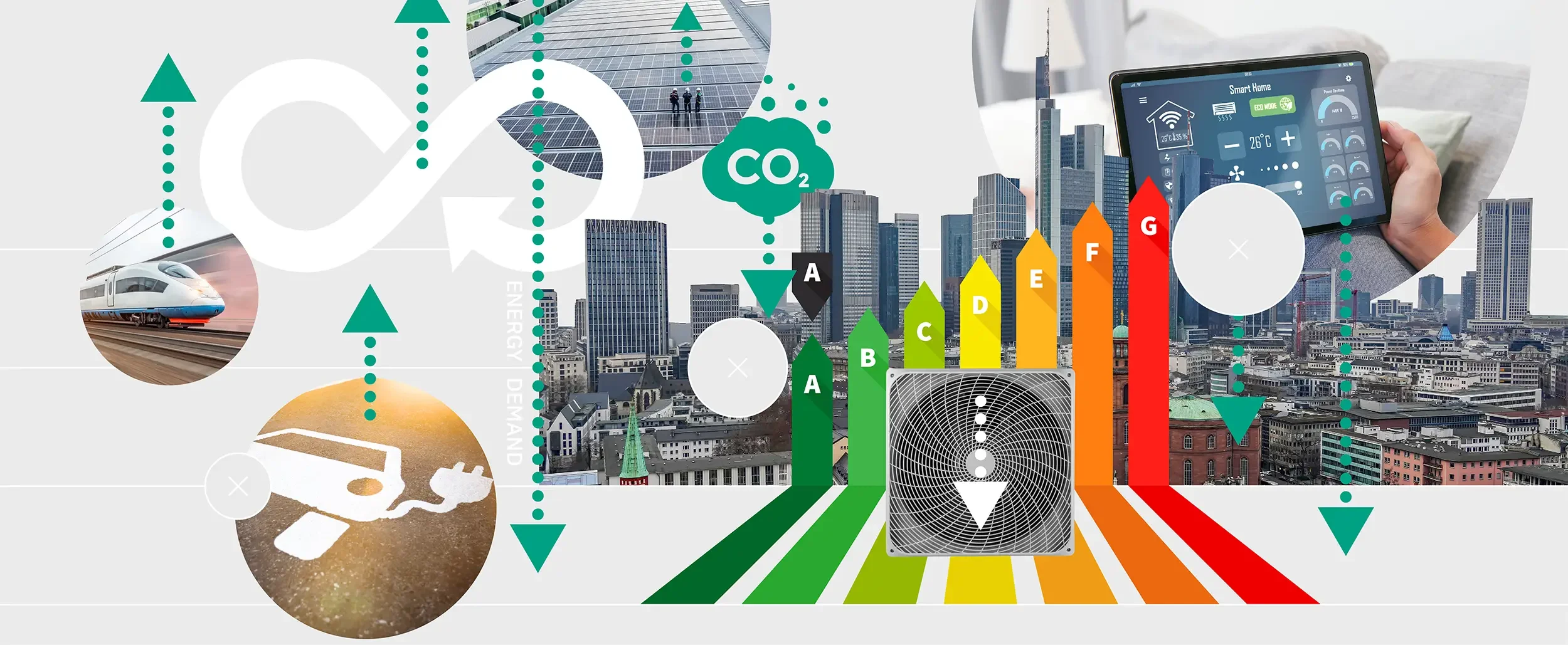Future Horizons:
10-yearhorizon
Building standards assist decarbonisation goals
25-yearhorizon
Global energy demand has peaked
Operation of buildings, which consumes 30 per cent of the energy generated globally, is ripe for innovation.24 For example, a large fraction of that energy is used for temperature control. Improved construction and design, combined with the use of technologies such as ground-source heat pumps, can virtually eliminate this need.
There is also great scope to reduce energy demand through greater use of public transport and improvements to industrial processes.25 New designs of cars and skyscrapers are reducing the amount of steel and concrete needed, for instance. Improvements to recycling systems, and the gradual transition to a circular economy, also reduce the need for manufacture of new materials.26
Energy demand - Anticipation Scores
The Anticipation Potential of a research field is determined by the capacity for impactful action in the present, considering possible future transformative breakthroughs in a field over a 25-year outlook. A field with a high Anticipation Potential, therefore, combines the potential range of future transformative possibilities engendered by a research area with a wide field of opportunities for action in the present. We asked researchers in the field to anticipate:
- The uncertainty related to future science breakthroughs in the field
- The transformative effect anticipated breakthroughs may have on research and society
- The scope for action in the present in relation to anticipated breakthroughs.
This chart represents a summary of their responses to each of these elements, which when combined, provide the Anticipation Potential for the topic. See methodology for more information.



